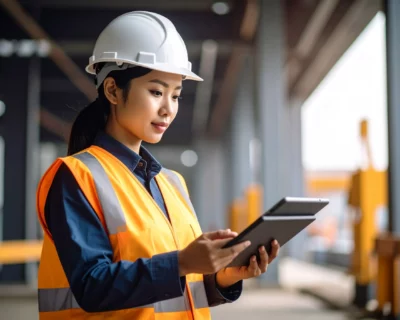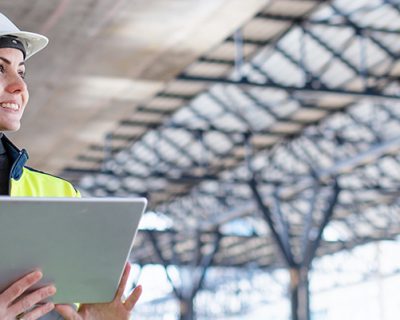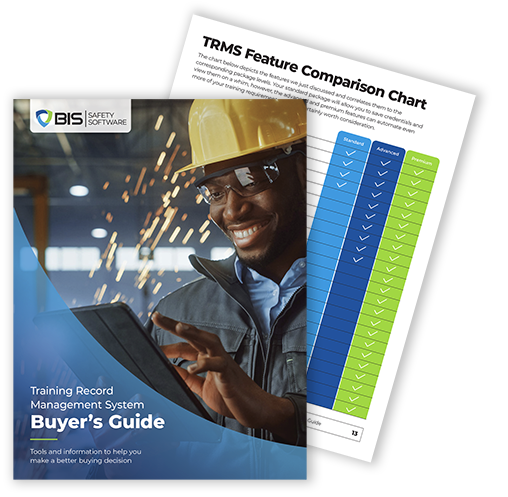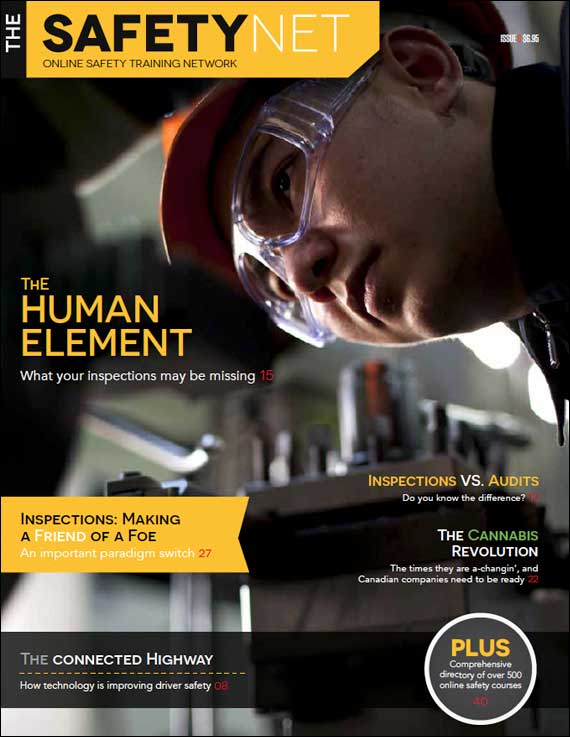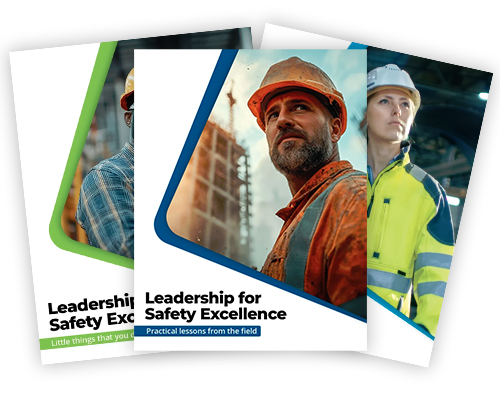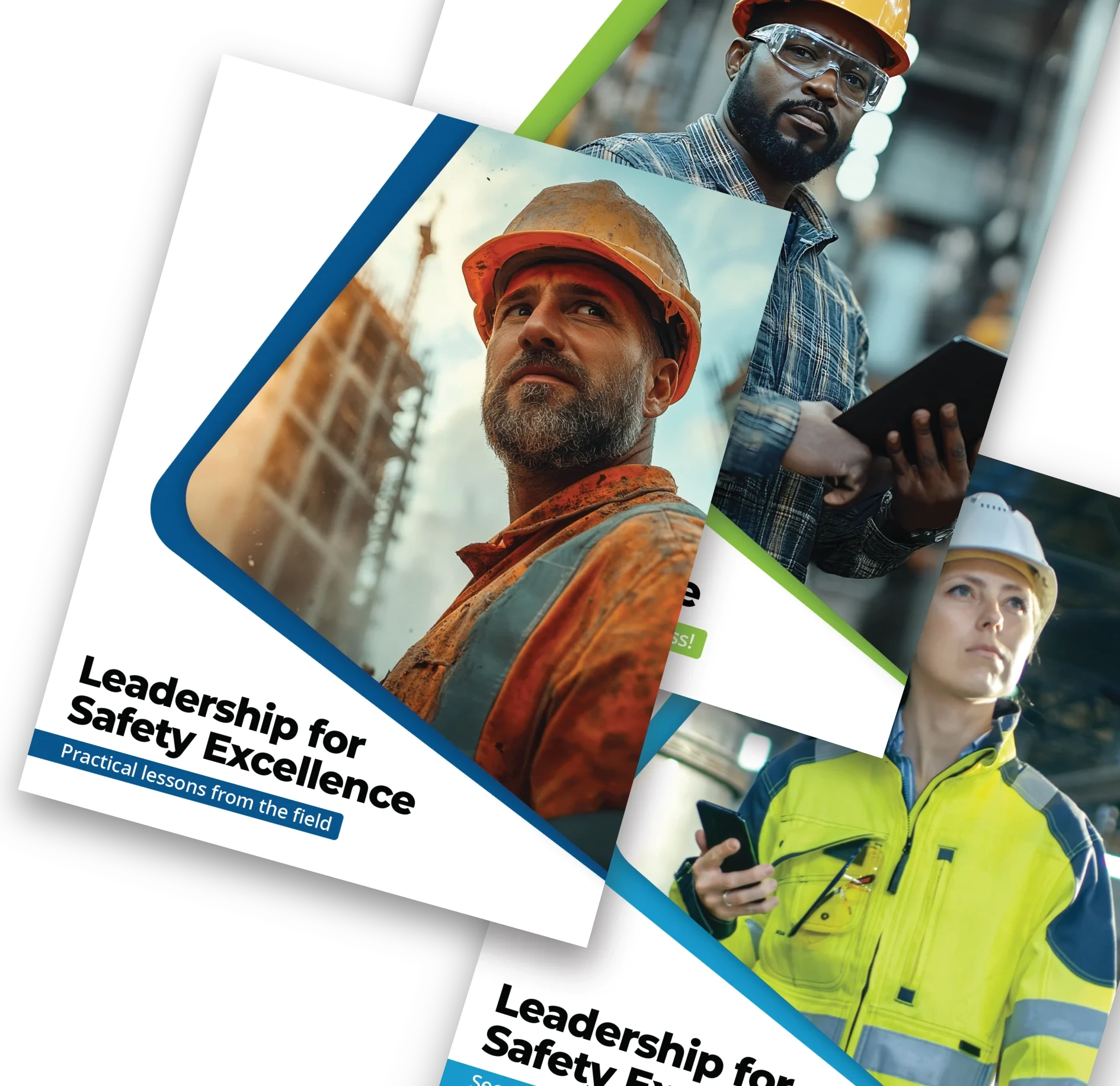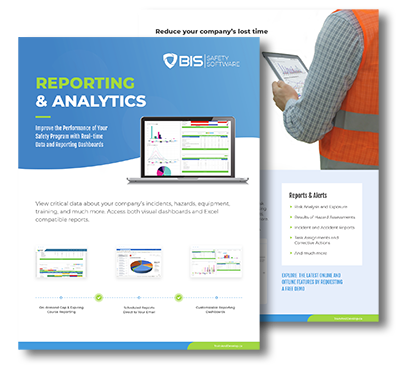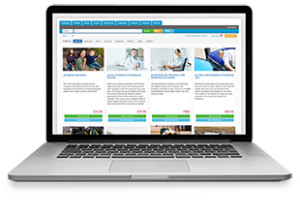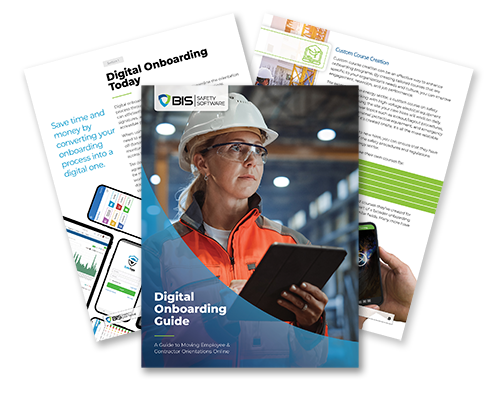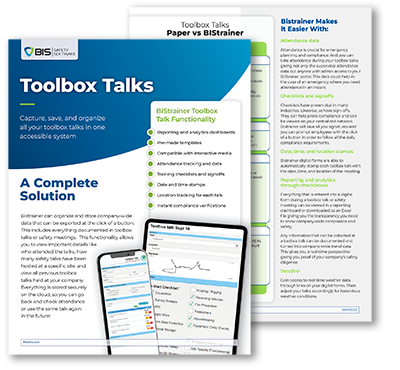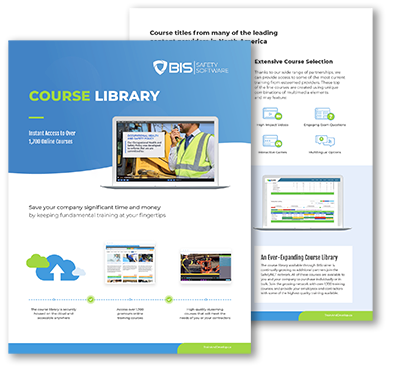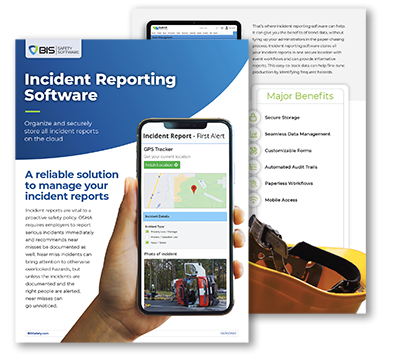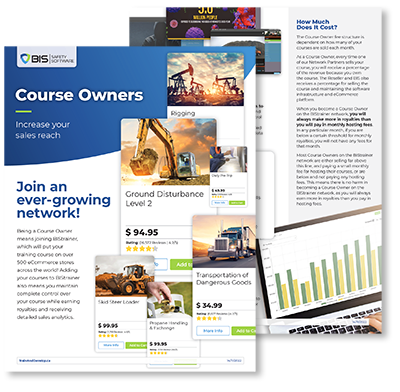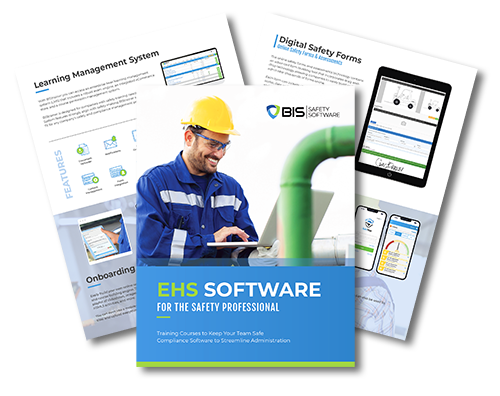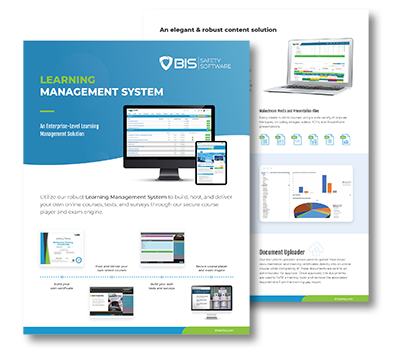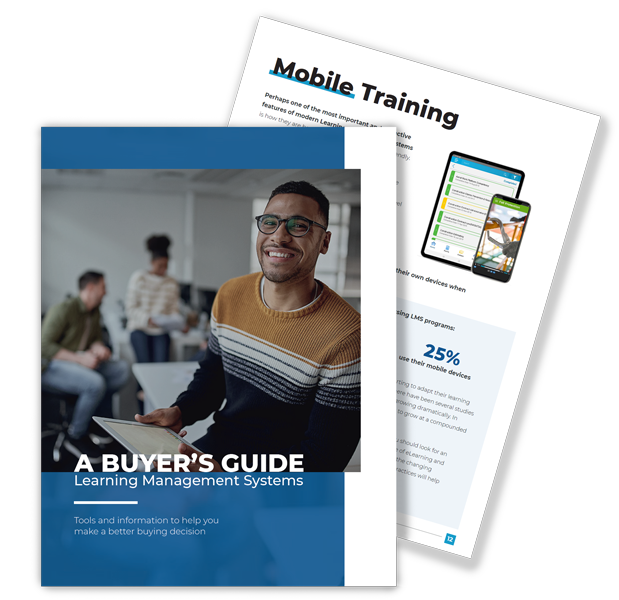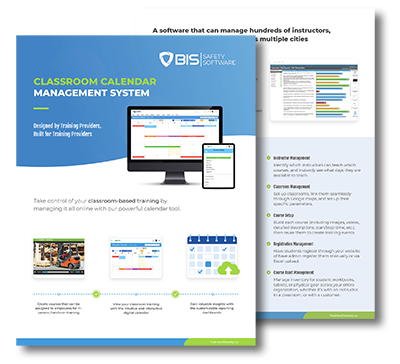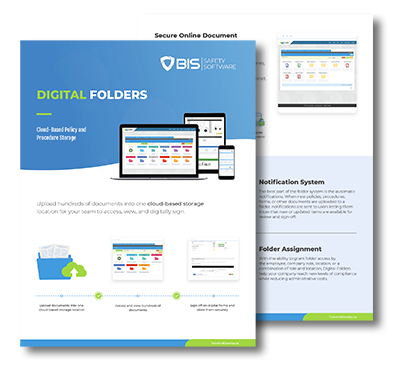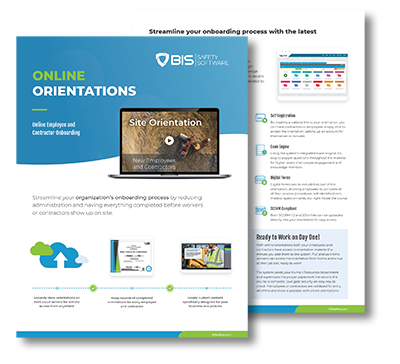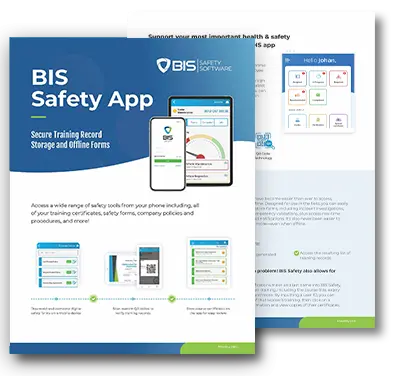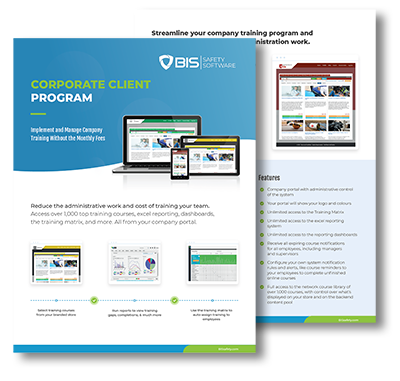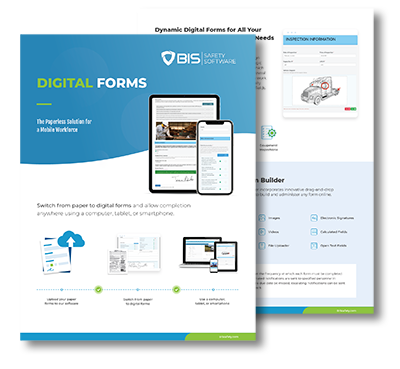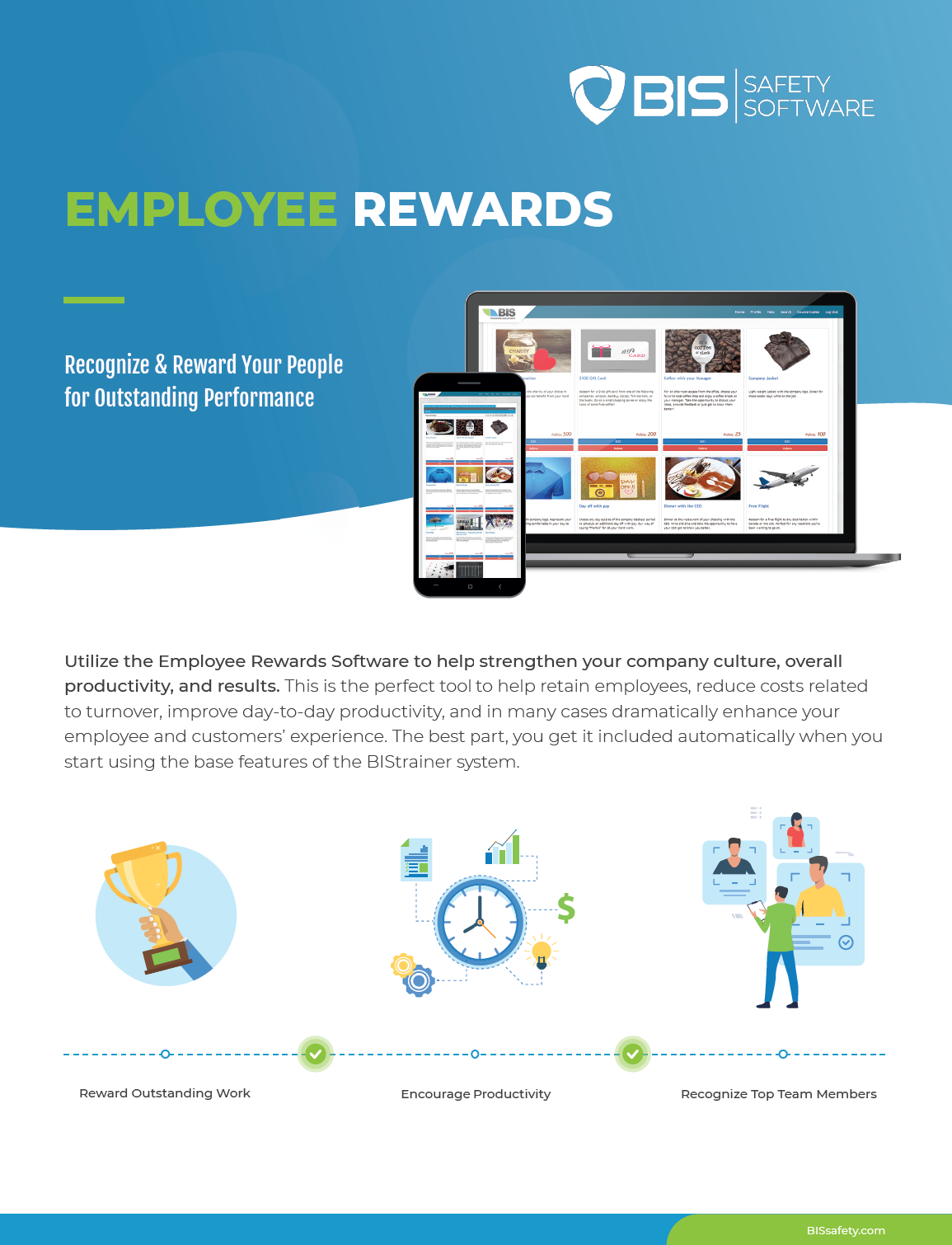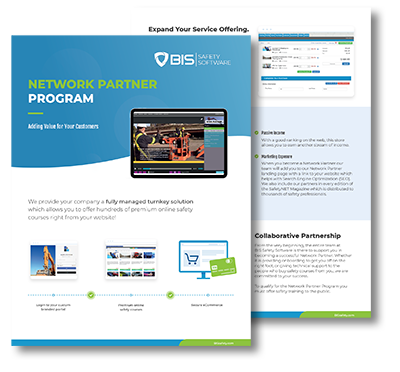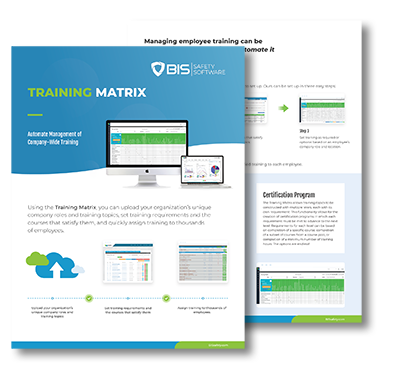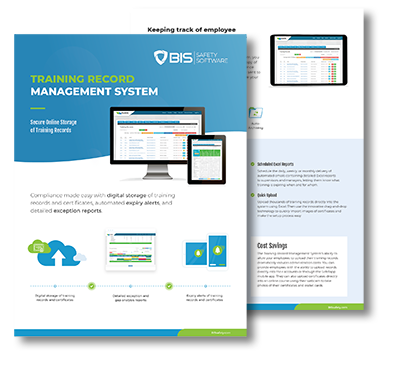
A New Era in Safety: Innovation or Illusion?
Once upon a time, safety gear meant steel-toe boots and a laminated checklist. Today, it means biometric vests and machine learning algorithms.
From rugged oil fields to sterile data centers, companies are deploying AI, automation, and wearable tech at unprecedented rates to prevent injuries before they happen. Smart sensors flag chemical exposure. Augmented-reality helmets guide workers through complex tasks. Fatigue-monitoring software predicts exhaustion hours before a shift ends.
But here’s the hard question: Is all this cutting-edge technology really making the job safer—or are we just putting expensive tape over a deeper problem?
Wes Rundle, who’s been on both sides of the safety line for more than a decade, puts it plainly:
“Tech can give us great visibility. But if you don’t have trust on-site, none of it matters. You’ll still have accidents.”
Robin Postnikoff, a trainer with decades of experience, adds:
“You can talk through a procedure all day. But until a worker physically does it, in real conditions, it won’t stick.”
As the tech evolves, so do the conversations. Here’s what’s emerging across industries—and what companies should be asking before they plug in.
Artificial Intelligence: The Algorithmic Eyes of Safety
Forecasting Danger with Predictive Analytics
Predictive analytics platforms are starting to do what safety audits never could: see the patterns no human can track.
Take Newmont Mining Corp (formerly Goldcorp). After rolling out AI-based analytics, their incident rates dropped significantly. Historical data—everything from weather shifts to maintenance logs—was fed into algorithms that predicted hotspots before incidents happened.
According to a Deloitte study, companies using predictive analytics in their EHS programs saw a 25% incident reduction in just one year. In sectors like oil refining, predictive systems have slashed safety incidents by up to 50%.
Brett Burkard, who’s led teams through hostile zones and hazardous work, puts it like this:
“Repetition builds awareness. Technology helps spot what we’re blind to when we get too comfortable.”
Eyes That Don’t Blink: Computer Vision
New AI tools are turning jobsite footage into live safety audits.
One system—profiled in the journal Sustainability—uses deep learning to recognize PPE violations with 97.5% accuracy. No vest? No goggles? The system flags it instantly. Construction firms using these platforms have already seen real improvements in compliance and fewer safety breaches.
These tools don’t just observe—they correct. Some link into real-time dashboards that send alerts to safety supervisors within seconds of a violation.
Smart Sensors and the Human Factor
Data from the Body
Wearables now gather data from workers like never before. Heart rate, body temp, air quality, even posture—it’s all tracked in real time.
A study in PNAS Nexus demonstrated how wearables using AI could identify fatigue risk well before symptoms appeared. Smart helmets now detect overheating or excessive strain and alert users before they pass a breaking point.
In construction, where fatigue drives about 20% of injuries, that’s a game-changer.
Martin Tanwi, who’s worked across pipelines and plant floors, puts it bluntly:
“You can roll out a dozen systems. But if your team’s burned out or sucking bad air, you’re still one misstep away from disaster.”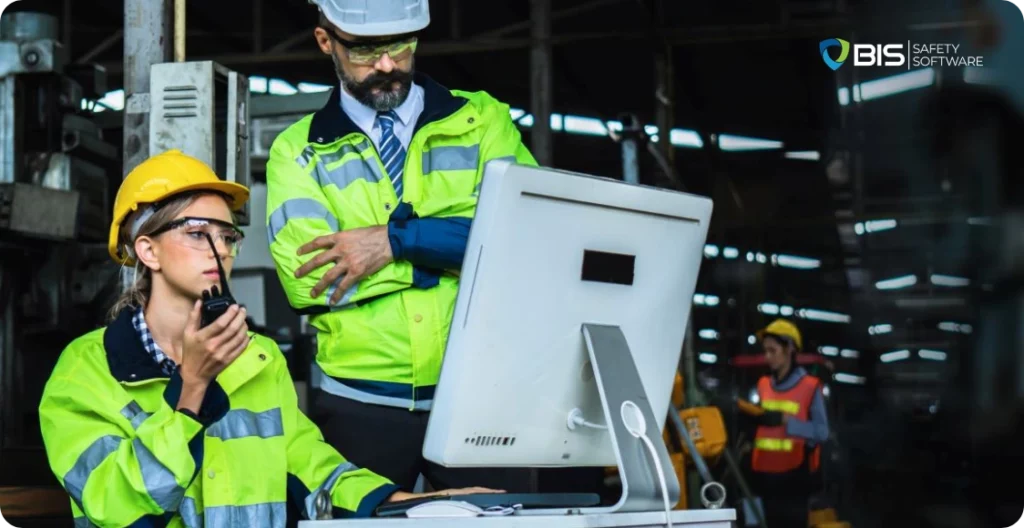
Automation: When the Job’s Too Risky for Humans
Robotics at the Front Line
When risk is too high, the job goes to the machines.
At BASF, robotic arms now handle hazardous materials, replacing human workers in high-risk packaging zones. Drones inspect unstable structures. Bots move barrels of chemicals that once had to be handled by hand.
Brett Burkard’s take:
“You can plan all you want. But in a conflict zone or high-risk site, robots don’t panic. They don’t bleed.”
Machines That Warn You Before They Break
Self-monitoring systems are now standard in heavy equipment. Sensors detect pressure drops, worn parts, and heat signatures—issues that once went unnoticed until failure.
Instead of scrambling after a breakdown, teams now get ahead of them.
Replacing Fatigue with Consistency
Repetitive work, long shifts, and physical strain once guaranteed errors. Automation is reducing that burden.
Tasks like welding, mixing, lifting, and cutting are now automated in many facilities. The result? Fewer strains, fewer slip-ups, and more consistent safety performance.
Allan Moore, a safety veteran, summarizes it:
“I want to play with my grandkids and still have ten fingers. Tech that saves bodies isn’t just helpful—it’s essential.”
Spotlight: When AI Goes Too Far
Amazon’s Controversial “Proxemics” System
During the COVID pandemic, Amazon launched an AI tool called Proxemics. It used camera footage to enforce distancing protocols in warehouses, pinging managers if workers got too close.
The backlash? Employees said it felt more like surveillance than safety.
Reports cited increased stress, morale dips, and concerns that tech was being weaponized to enforce productivity—not protect people.
The lesson? AI can aid safety. But trust and communication have to come first.
Wearables: Turning Workers into Walking Dashboards
The Smart Hard Hat
Today’s hard hat doesn’t just shield. It senses.
AR-equipped helmets guide workers through tasks and flag hazards they may not see. Shell’s technicians are already using them to access live blueprints and diagnostics while on site.
Kevin Swinden of Global Hazmat put it this way:
“A checklist’s useful. But when a worker gets instant data in the field? That’s when safety really clicks.”
Exosuits: Support for the Heavy Lifters
Exoskeletons, once the stuff of sci-fi, are helping workers lift smarter.
From Ford to construction sites in Canada, workers are strapping into mechanical suits that reduce strain on joints and backs. Fewer injuries. Faster recovery. Less long-term damage.
Biometric Monitoring
Biometric vests and smartwatches now track stress, hydration, and cardiovascular strain. They catch the red flags before workers even notice.
Johanna Pagonis, who focuses on psychological safety, sees it this way:
“Data’s great. But if your crew doesn’t feel safe speaking up, those warning signs won’t matter.”
Challenges: When Technology Gets in the Way
The Surveillance Paradox
The more tech you wear, the more it knows.
That’s raising questions. Are workers empowered—or just tracked?
Jennifer Lastra, who’s served in the Navy and in manufacturing, says:
“You can’t build safety on fear. If people feel watched instead of supported, the whole thing backfires.”
Amazon’s story is a cautionary tale. When tools meant for health start being used to measure output, trust erodes fast.
Complacency by Design
Too much tech can dull human instinct. If the system didn’t flag it, is it still a problem?
Rundle remembers one crew that skipped a visual check because their tool hadn’t warned them of an issue. That almost cost lives.
Cost Gaps
Tech costs money. And while big players can afford AR glasses and AI systems, small businesses often can’t.
Guy Martin, who overhauled a small-town safety program, says:
“Most of the shops that really need help can’t even open the catalog.”
The danger? A safety tech divide where the most vulnerable workplaces are the least equipped.
What’s Next?
Humans + AI: Better Together
The best systems won’t replace instinct—they’ll amplify it.
John Holmes puts it like this:
“AI can alert you. But it can’t make the call. That’s still a person’s job.”
The Rules Are Catching Up
Regulators in Canada and the U.S. are starting to draft frameworks for sensor-equipped PPE, fatigue management tech, and AI compliance tools. But innovation is still outpacing legislation.
“It’s messy,” says Rundle. “We’re building the plane while flying it.”
Where We’re Headed
In the next ten years:
- Smart PPE will go mainstream
- AI will flag behavioral risks, not just physical ones
- Automation will expand to new tasks
But the biggest gains will still come from leadership—not hardware.
Emerging Tech: The Tools—and the Canadians—Changing the Game
From predictive software to wearable biometrics, the new frontier is here.
Platforms to Watch:
- Avetta One (contractor risk prediction)
- SparkCognition EHS (machine-learning safety dashboards)
- Intenseye (real-time video analytics)
- Soter + Kinetic Reflex (wearables for movement safety)
- ProcessMAP + Honeywell Safety Watch (enterprise platforms)
- IBM Watson IoT (AI-driven safety predictions)
Canadian Innovators:
- Jason Lee (SmartCone): Smart cones that define no-go zones
- Noel Simpson (EHS Analytics): Mining safety data for risk patterns
- Cody Slater (Blackline): Real-time gas leak detection
- Andrew Morden (Fatigue Science): Predictive fatigue scoring
- Neil Cawse (Geotab): AI-powered fleet safety
- Christian Browne (Humo): Wearables that vibrate when posture is off
- Greg Brouwer (Teck): AI embedded in mining ops
Each is building systems that detect, alert, and adjust—before anything goes wrong.
Final Word: Culture Still Wins
All the data in the world can’t replace a worker who stops the job because something feels off.
Robin Postnikoff nailed it:
“You can talk about it. Or you can do it. Tech is the same. It only works when people work with it.”
A safe workplace doesn’t start with a sensor. It starts with a conversation.
Because no software—not even AI—fills out an incident report. That’s still a human job.
And it always will be.


